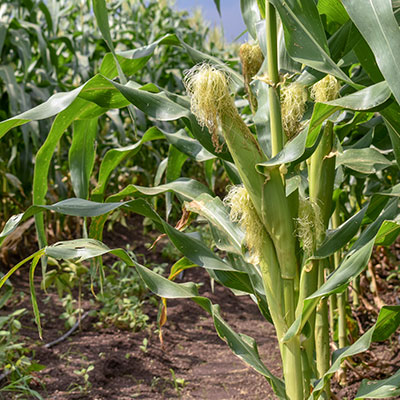Porto Alegre, July 5, 2021 – What seemed to be the biggest production losses in the history of the Brazilian second crop began to worsen even more with the sequence of frosts registered last week. Unfortunately, the problematic situation caused by the 60-day drought in April and May now makes room for additional losses after frosts for a third day at different stages of the crop. Plantations entering the harvest stage to the situation in which corn has 50 to 60% of moisture. It is not possible to assess the losses only visually in the post-occurrence, and agronomists will have to wait a few days to determine the practical effect on production. There is a rush to silage as a way to ease losses. Now, the market is trying to look for imports and good-quality corn from the Midwest of the country, as there will be strong difficulties with lots from Paraguay. Finally, USDA completed the week with an area greater than estimated in the planting intentions. However, the increase to 92.7 mln acres was not enough to meet the market’s interests, and the week supported another movement of price recovery and strong volatility. Now, the focus will be on productivity, consequently, a lot of attention to the weather for the next sixty days.
More tense week in the global financial market. Strong expectations with the US employment rate accelerating currency volatility. The number of job creation, which jumped to 850,000 in June, against expected 700,000, was not full enough to bring about a consolidated curve for the recovery of local employment. This is because the unemployment rate in May hit 5.9%, against expected 5.7%. Unemployment that has yet to show strong signs of retraction while monthly job creation looks a little more consistent for June.
This set of information once again ruled out the optimistic view of the US economy moving towards an aggressive and inflationary recovery. Other indicators are still strong, such as the real estate sector, which is at its best pace since 2015. These employment data and higher inflation, but still without risk, pressured the dollar. The dollar index closed the week down to 92.2 points again, showing this is not yet the time for appreciation of the currency based on a curve of recovery of interest rates.
The real in Brazil presented a more political than technical movement internally. Despite the sharp fall of the dollar abroad, it fell below BRL 5.00 again. The reason is again the internal political/ideological barrier of two powers [Congress and Supreme Court] against the executive power. The attempt to find a variable for an impeachment process is constant, and the sabotage process has been going on for some a while. The attempt to either change the direction or facilitate the 2022 elections for the opposition puts tensions on the financial market and creates an environment of institutional concern for the country. The exchange rate simply starts pricing this institutional risk.
The record surplus in the trade balance is a clear symptom of capital inflow into the country via trade. The constant rise in interest rates by Brazil’s Central Bank is a symptom of capital attraction, even if speculative, and that guarantees the dollar flow. The positive employment numbers and economic recovery contribute to the positive outlook for Brazil. However, the involvement of the Supreme Court, which can be considered unprecedented in the Brazilian legal history, inhibits economic recovery and delays the arrival of investments in the country.
SAFRAS Latam

